The Be Quiet! Pure Loop 280mm AIO Cooler Review: Quiet Without Compromise
by E. Fylladitakis on October 14, 2021 9:00 AM EST
Be Quiet! is a German manufacturer that mainly produces PC cases, power supply units (PSUs), and cooling-related products. As the company's name suggests, their products are designed with a particular emphasis on quiet operation. The company is no stranger to the North American markets, slowly but steadily increasing their presence over the past several years. They are, in fact, one of the few EU-based companies that managed to maintain a foothold in the North American market during the pandemic.
Looking at their overall product offerings, Be Quiet! is a fairly typical PC peripherals manufacturer. The company is perhaps best known for for their impressive lineup of PSUs, while they also offer cases, fans, and coolers as well. And these days, that of course extends into all-in-one (AIO) CPU liquid coolers as well, with their Pure Loop family of coolers.
True to their design ethos, Be Quiet! has built the Pure Loop series to operate with as little noise as is reasonably possible. And unlike some other players in this space, the company isn't trying to make the Pure Loop a niche, high-end (read: expensive) offering; so the coolers are competitively priced for the mass market. Overall, the Pure Loop series consists of four coolers, ranging from 120 mm and 240 mm in size up to 280 mm and 360 mm. All four coolers are, as is usually the case, practically identical with the exception of the radiator size.
For today’s review, we are taking a look at the 280 mm version of the Pure Loop AIO cooler, which is the second largest that the company offers, and anecdotally seems to be the most popular size for AIO coolers right now.
Packaging & Bundle
The Pure Loop cooler ships in a sturdy cardboard box that, alongside the custom internal inserts, provide excellent shipping protection. It is aesthetically dark and dim, much like nearly all of Be Quiet!’s product boxes, but with a wealth of information regarding the cooler to be found on the sides and rear of the box.
The items bundled alongside the Pure Loop cooler are fairly basic. Inside the box, we found the necessary socket mounting hardware, a small syringe with a little thermal grease, adapters for powering the fans, and a few cable ties.
The surprising addition here is a bottle of coolant, which is very rare for an AIO cooler. For as we will see in our technical breakdown, the Pure Loop is not a traditional sealed loop cooler, so users can manually replenish and replace its coolant.
The fans provided alongside the Pure Loop cooler are Be Quiet!’s own Pure Wings 2 PWM fans. As expected, two 140 mm fans are supplied with the 280 mm version that we are reviewing today. These fans have rifle bearings, which are remarkably quiet. They are the “high speed” version of the series, with a maximum speed of 1.600 RPM.
The Be Quiet! Pure Loop 280 mm AIO Cooler
The core design of the Pure Loop 280 mm AIO cooler looks fairly typical at first glace. Yet if you pay a bit more attention, there is a significant anomaly: the liquid pump is autonomous and not located on the main cooling block itself. The block merely serves as a heat exchanger between the CPU and the cooling liquid, with no moving parts at all.
Be Quiet! moved the liquid pump to up near the radiator, as an inline device. Although this probably bodes well for the longevity of the pump (as it is not directly exposed to very high temperatures) and it reduces the noise output by dampening its micro-vibrations, this approach also creates four more connection points. Typically, joints and other connection points are the weakest links in AIO cooler design, so the additional points here increase the chance for mechanical damage.
Be Quiet!’s engineers went with a very subtle and elegant design for the main block. The body of the block is mostly made out of plastic, supporting the copper contact plate. A decorative brushed aluminum overlay with the company’s logo covers the top of the assembly that has white LEDs subtly lighting its surround while the unit is powered.
The bottom of the main block assembly reveals a sizable octagonal copper block that is nickel-plated. Its finish is very smooth and free of imperfections. The block is large enough for most modern desktop processors, AMD's oversized Ryzen Threadripper excluded.
The radiator is a typical dual-pass cross-flow design, with tiny fins soldered on thin oblong tubes. At the bottom side of the radiator, there is one relatively large screw that serves as a filling port. Handling this requires care – the position of the screw forbids users from undoing it while the radiator is installed inside a system, or the cooler will drain into the system itself. The radiator needs to be placed such that the filling port is the highest point of the system, then undo the screw to add coolant. The series logo is printed on both sides of the radiator's frame.


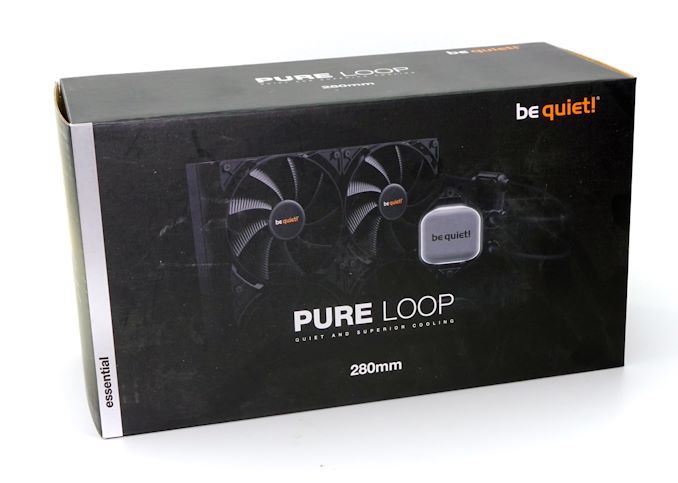
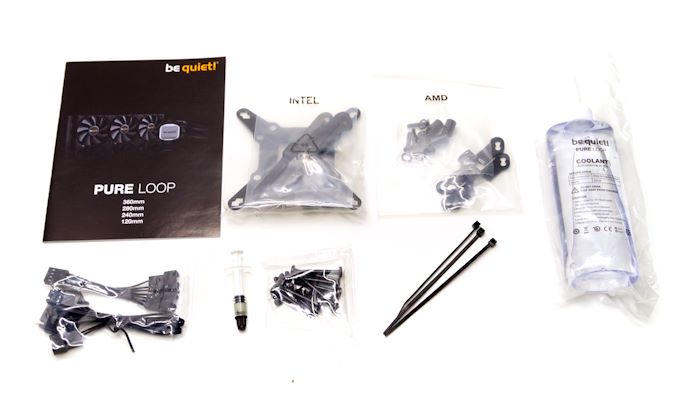
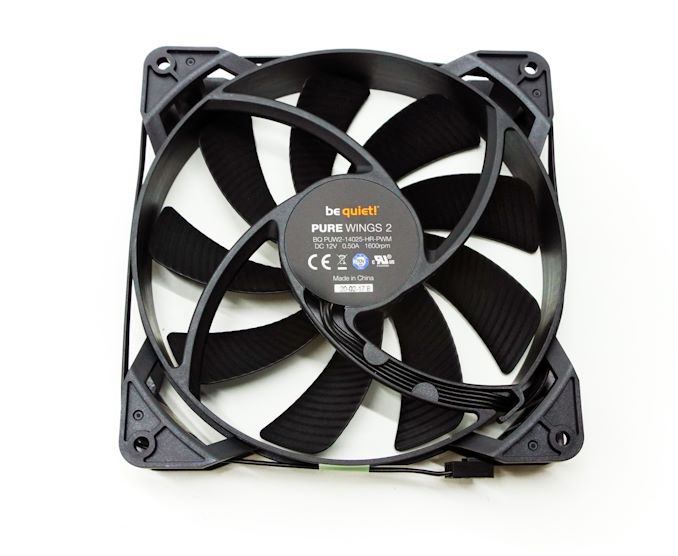
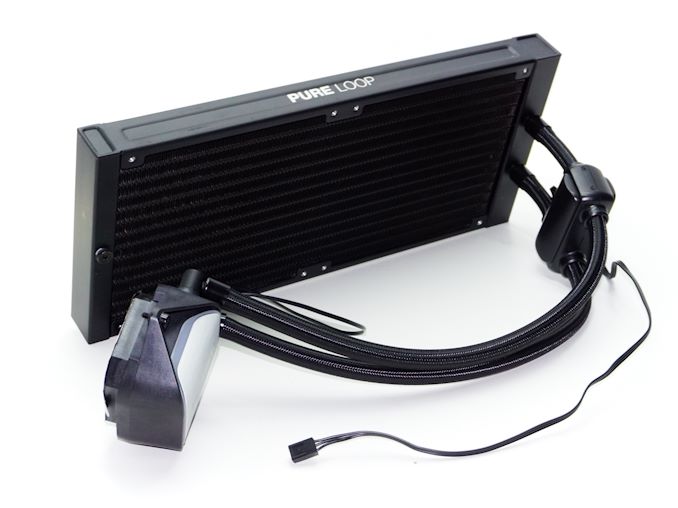
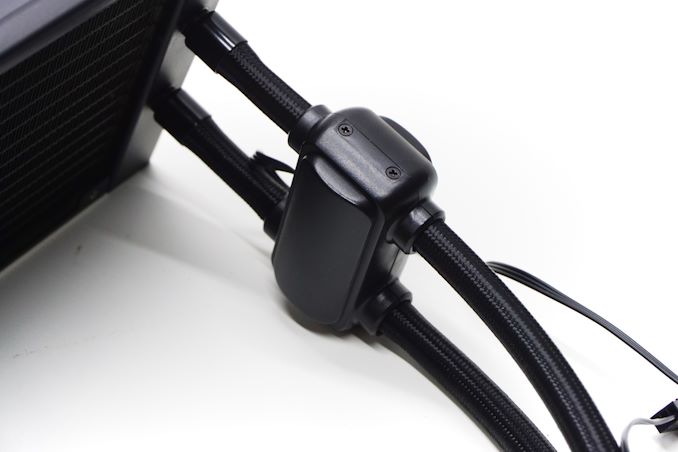
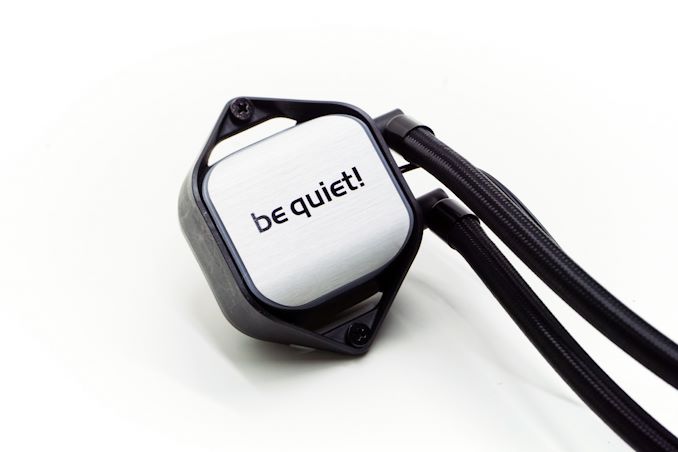
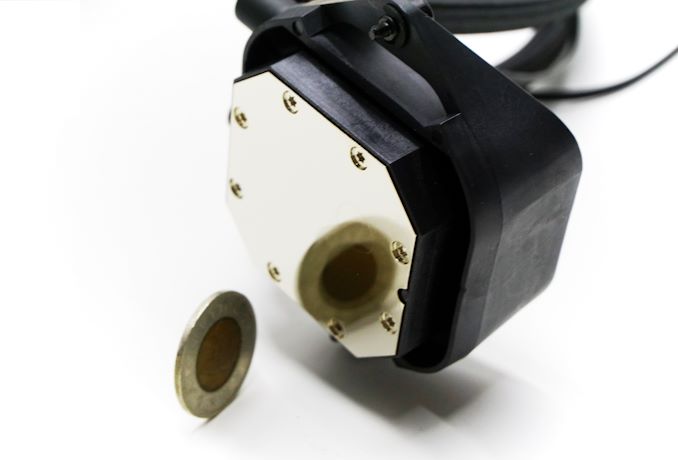
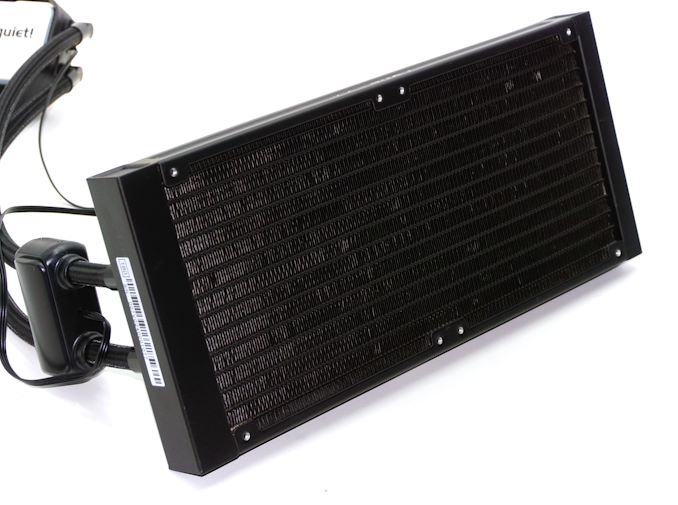








30 Comments
View All Comments
Flunk - Thursday, October 14, 2021 - link
It would have been nice to see a high-end air cooler in the results, such as a Be Quiet Dark Rock Pro 4, to compare the difference between high-end air and AIOs. Many people cross-shop air coolers and AIOs and without at least one comparison point it's hard to know how they stack up.satai - Thursday, October 14, 2021 - link
I would be quite interested how this compares with higher Noctua models too.vanish1 - Thursday, October 14, 2021 - link
Their bench page has air cooler results. You should try looking first instead of crying that the info isnt being spoon fed into your mouth, baby.Slash3 - Thursday, October 14, 2021 - link
You should probably read the review first before commenting.vanish1 - Thursday, October 14, 2021 - link
You're an idiot. Anandtech has it's own bench page with a backlog of testing results that anyone can access at the top of the site where it says "BENCH"You can go back to the peanut gallery now.
Slash3 - Thursday, October 14, 2021 - link
Reading comprehension is important. Keep at it though, you'll get there eventually.Flunk wrote "It would have been nice to see a high-end air cooler in the results."
If you can't tell the difference between the aggregation database and results in a directly referenced review, I don't know if there's much hope left for this conversation.
I feel it's important to also point out that the referenced Be Quiet Pure Loop 280, the Dark Rock Pro 4 or the common Noctua NH-D15 are all entirely absent from the Bench database. Oops. You'd know this though, because you checked it. Right?
...Right?
Consider breathing exercises, or yoga. You seem to need some help with focusing your attention.
vanish1 - Thursday, October 14, 2021 - link
NH-D15 is just an updated NH-D14 and congratulations you picked one cooler that wasnt there, make sure to hold on to that one cooler tight so you get to say you are not wrong like a bit.chThere is a bench full of air coolers, if you're stupid enough that you need every piece of information spoon fed to you and you cant figure out anything on your own, stick to tomshardware
sor - Thursday, October 14, 2021 - link
It’s not as much what you say as how you say it. It’s possible to politely point out that the info might be available, it doesn’t require someone to make an ass of themselves.It’s also totally valid to suggest that extremely relevant information be collected into an article. It would make the article itself better.
Oxford Guy - Friday, October 15, 2021 - link
'you picked one cooler that wasnt there'Only the industry standard in high-end air cooling. Nothing important there!
milleron - Wednesday, November 17, 2021 - link
Dear Mr. Vanish, you have a serious problem. I think you can be helped with drugs and psychotherapy, but it'll require knowledgable and dedicated psychiatrists and psychopharmacologists. Meanwhile, I'd stay out of bars if I were you; with your present approach to life, you probably would not get out of one with all your teeth.